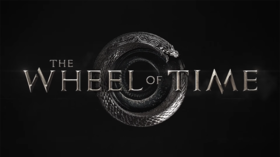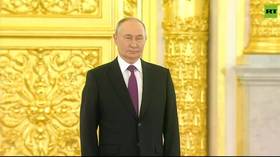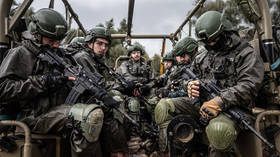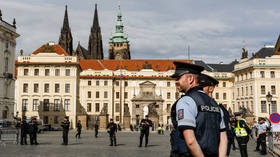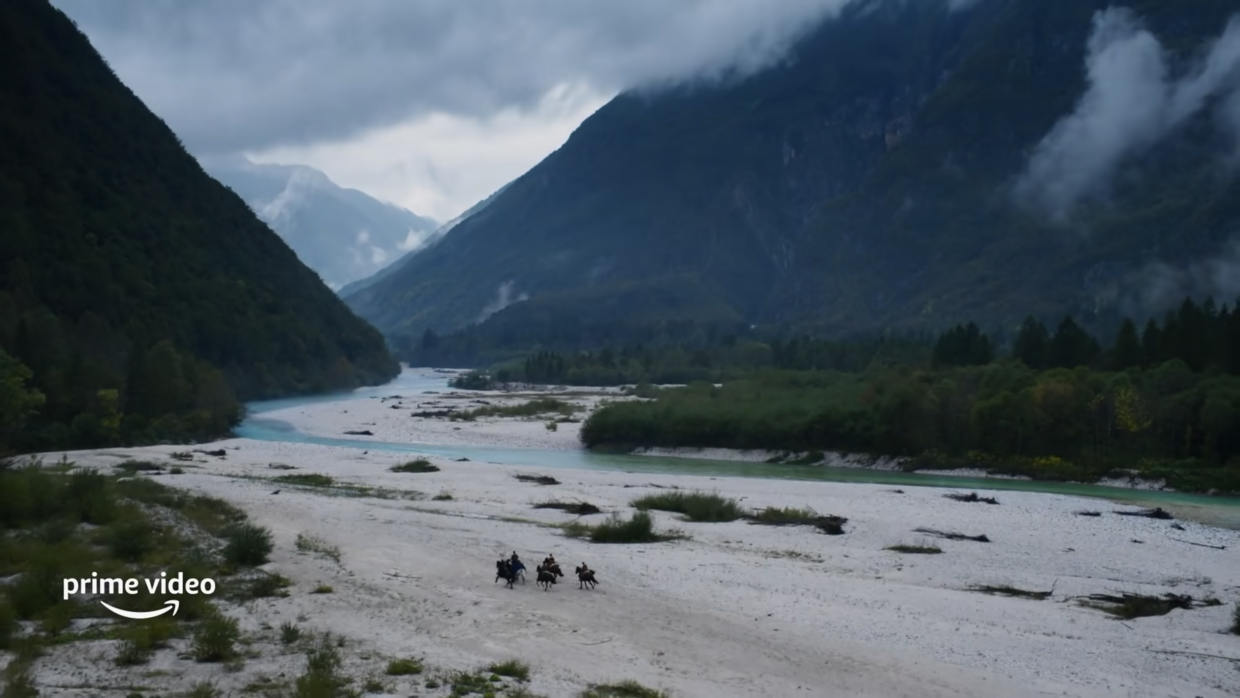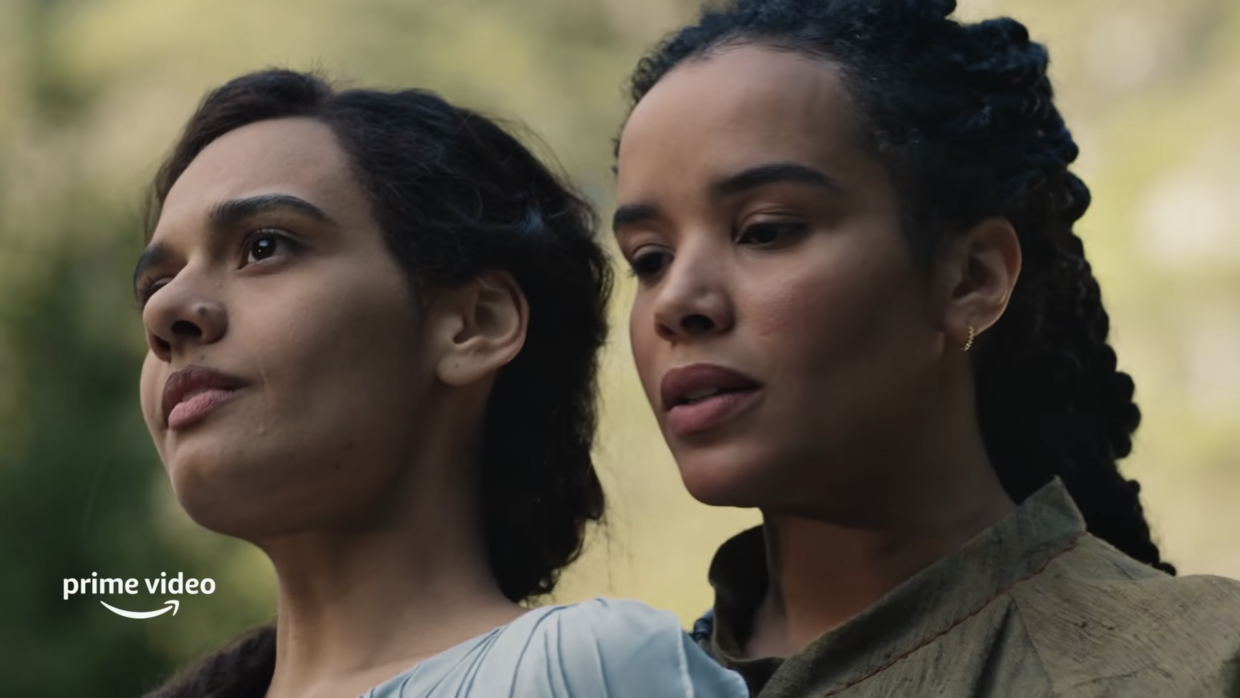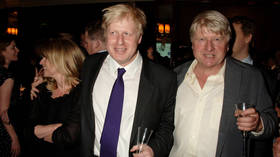The Wheel weaves as the Wheel wills. Adapting Robert Jordan’s magnum opus has always been a tall order. Amazon mogul Jeff Bezos and showrunner Rafe Judkins will need the Dark One’s own luck to make it work on the streaming screen.
It took 15 books, over four million words and 23 years to tell the full story of ‘The Wheel of Time’. Jordan didn’t even live to see it himself, passing away from a heart condition in 2007. His editor-turned-wife Harriet MacDougal then picked up-and-coming fantasy author Brandon Sanderson to write the last four books and finish the series based on Jordan’s notes, which he did by 2013.
It’s been only eight years since ‘A Memory of Light’, (the final book of the series) and the Wheel of our world has already turned drastically – while the world of 1990, when ‘The Eye of the World’ (the first book) first appeared, may well have faded into myth by now. This perforce explains many of the choices made by the Amazon adaptation, the first three episodes of which premiered on November 19.
From the look and feel of those early episodes, it is apparent that TWOT aspires to be the heir of HBO’s ‘Game of Thrones’ and Peter Jackson’s ‘Lord of the Rings’ adaptations – hopefully without botching the ending like GOT or dissolving into an overlong CGI-driven bonanza of ‘Hobbit’ prequels. So far, it seems to be successful – Rotten Tomatoes shows it with an 83% audience rating and a solid 68% among the critics.
There are also visual and stylistic nods to both adaptations, which seem inevitable to some extent. Much of the first season was filmed in Czechia, rather than Northern Ireland, Iceland, or New Zealand – though the presence of a Croatian crew in the credits suggests we might see some repurposed GOT sets in the near future. We’ve been spared HBO’s trademark ‘sexposition’ scenes so far, thankfully.
The choice of Judkins – best known as a contestant on the reality show ‘Survivor’ and screenwriter for the comedy adventure series ‘Chuck’ – to helm the project may seem baffling at first, but as it turns out, he’s a fan. He read the saga “at a formative age,” and it helped him connect with his mother, “a matriarch in a Mormon family” in Utah, after he came out as gay, according to a Polygon interview.
Therein lies the peril. In this age of identity politics, identity is politics. Judkins and his screenwriters have done reasonably well in adapting the start of the saga, so far, but some of their choices clearly reflect the prevailing political values of American TV in the current year.
The world of Jordan’s books is populated by powerful women, insofar as they are the only ones that can channel the magical One Power without going insane – something the men no longer can do, due to the meddling of the Dark One. What Judkins seems to be doing at times is making them into Powerful Women instead. One example is turning Emond’s Field into a gynocracy. Another is the notion that the Dragon Reborn – the prophesied savior but also destroyer of the world – could be a woman, which undermines the key premise of the series, as well as the very first scene of the show, in which the Aes Sedai (female channelers of the Power) are hunting down a male channeler.
This ‘gender equity’ obsession ends up actually detracting from Egwene and Nynaeve, two major female characters, who in the books leave Emond’s Field because they want to become Aes Sedai, not because they might be the reincarnations of a hero of old. Insofar as there is suspense about who it might be as the series gets off the ground, the three male leads, Rand, Mat, and Perrin, provide more than enough of it. A particular change to Perrin’s backstory is likewise baffling.
In September 2020, as the show was in pandemic-delayed production, the institution behind the Oscars codified into quotas its feelings about racial diversity of both cast and crew, meaning that anyone who wants awards will have to follow them, whatever their personal preference.
Thus we get the incongruity of Jordan’s world, in which people from different lands and nations differ in physical appearance, clothing, speech patterns, and mannerisms, and even gender roles – getting additionally ‘diversified’ by having the people of Two Rivers, the “old blood of Manetheren,” relatively isolated in a faraway valley, looking like a cross-section of New York City. It’s jarring, jumbled, incoherent, and just plain unnecessary. Furthermore, it creates its own problem for the show, as the Aiel, a warlike people from an inhospitable wasteland, need to be of distinctive appearance, for spoiler reasons. A character introduced in episode 3 explains that very fact – yet odds are they will end up as ‘diverse’ as Emond’s Field. How Judkins may choose to portray Maidens of the Spear, an all-female warrior society among the Aiel, is anybody’s guess at this point.
Even a simple costuming choice not driven by ideology – having the Aes Sedai fully dress in the colors of their ajah (order), rather than wear a stole as in the books – creates a stumbling block as early as the second episode.
Whatever one may think of Jeff Bezos, he is a shrewd businessman. He spared no expense to fly young fantasy YouTubers to the press junket and the show’s glitzy premiere in London, showing once again a keen understanding of his key audience and how to reach it.
Bezos was also personally involved in saving the sci-fi show ‘The Expanse’ from cancelation a few years back – and making a neat profit in the bargain. Yet The Expanse’s showrunners didn’t hesitate to kill off a key character when the actor behind it – who actually took part in its rescue effort – got embroiled in a #MeToo scandal. In this day and age, fandom and profit take a back seat to the ‘woke’ religion, no less fanatical than that of the Whitecloaks.
Jordan fans have reasons to rejoice so far, but all of these outside considerations will make the adaptation trickier than surviving Shayol Ghul.
